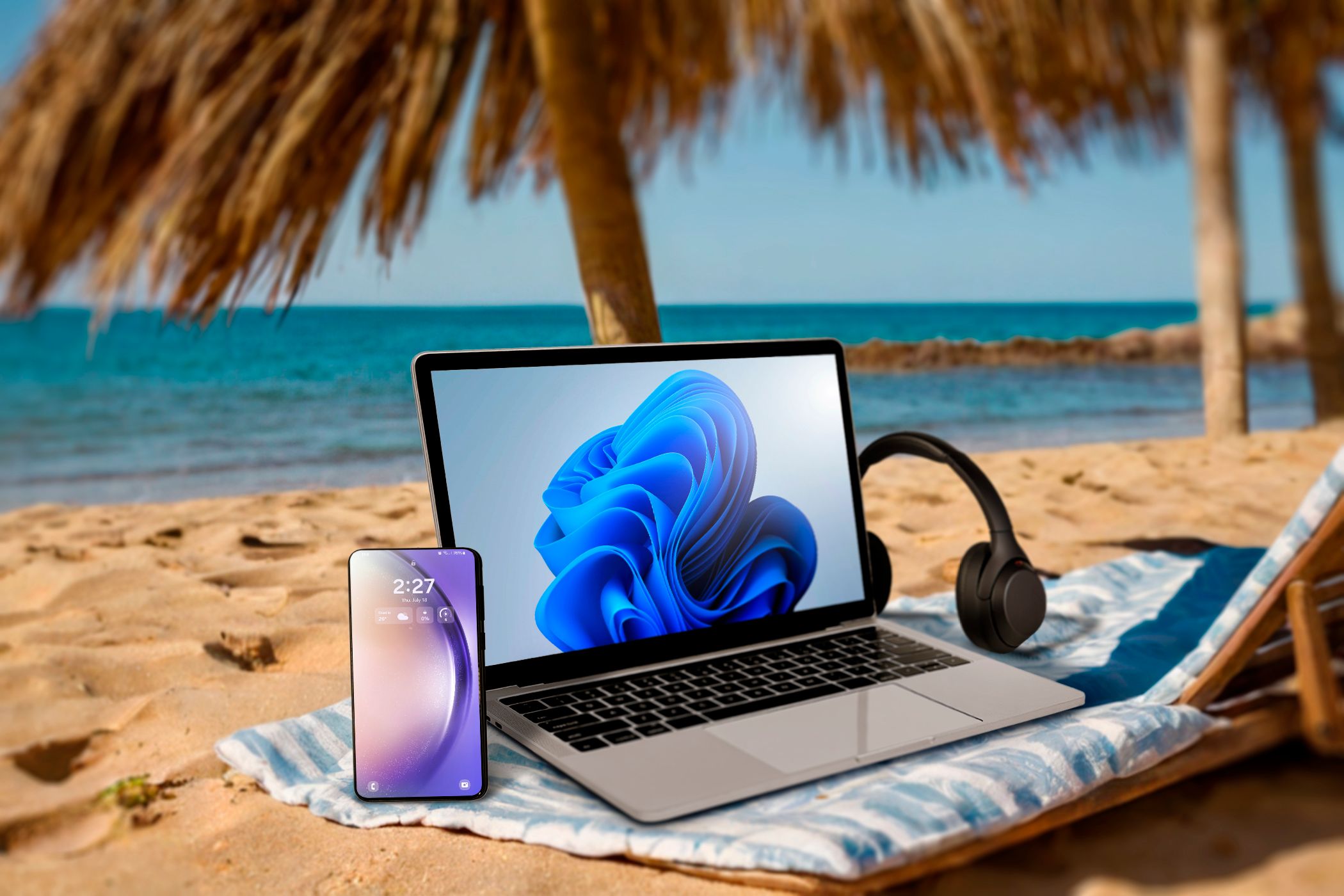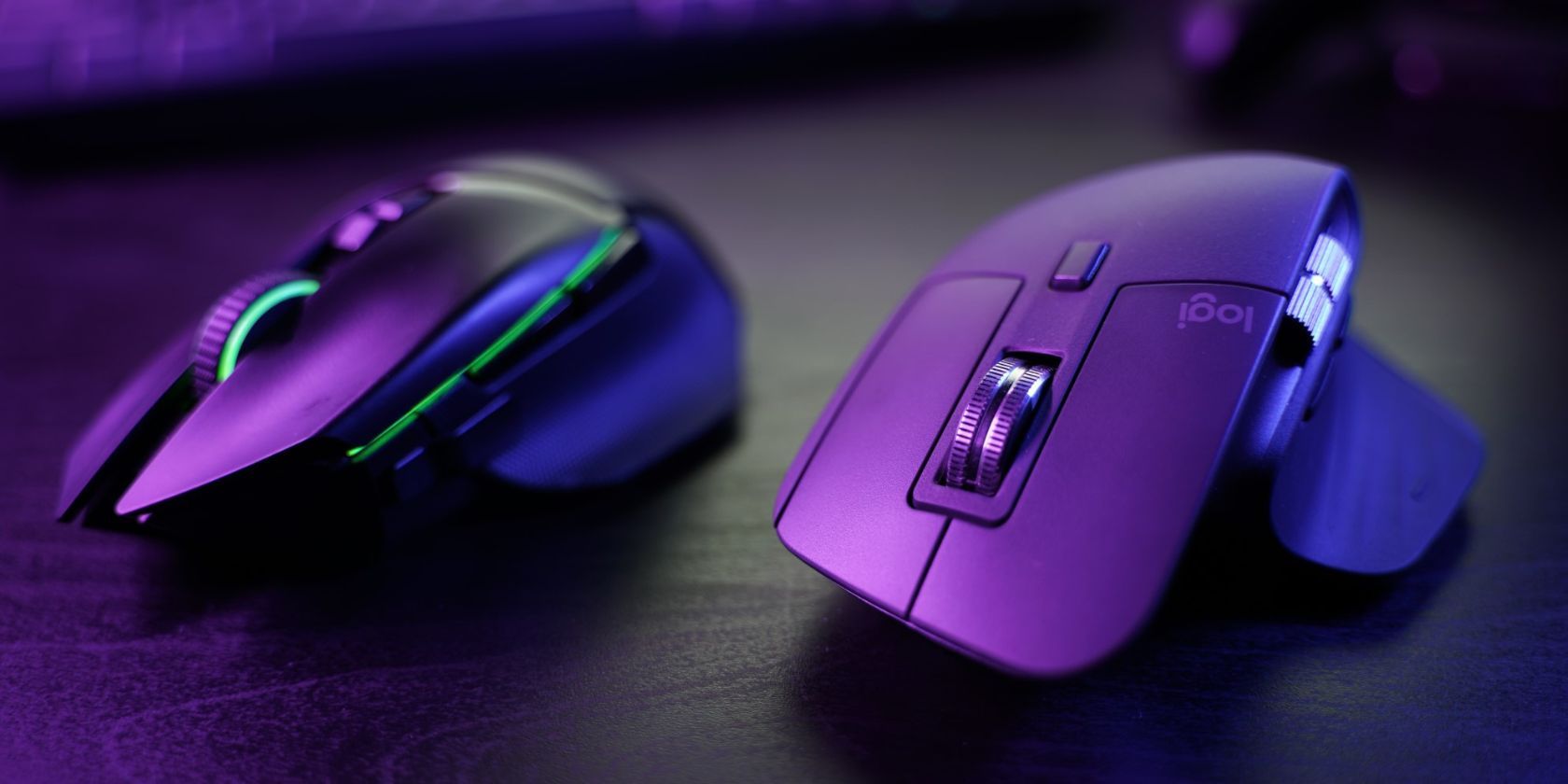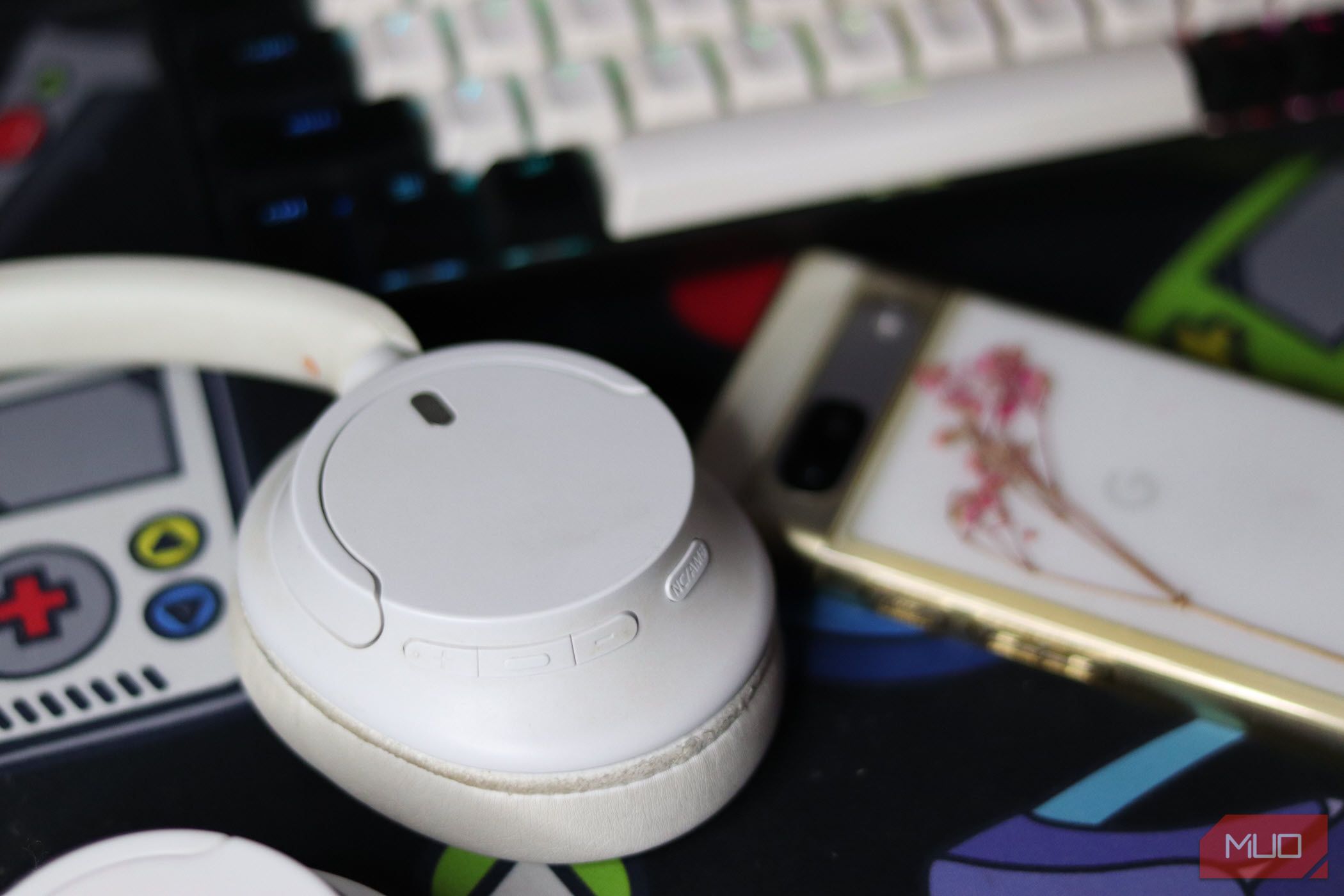Key Takeaways
- Most peripherals use either 2.4GHz wireless or Bluetooth connections, each with unique capabilities.
- 2.4GHz excels in latency and performance, while Bluetooth prioritizes power efficiency and convenience.
- Choose 2.4GHz for superior performance and latency and Bluetooth for better battery life and convenience.
If you’re fed up with wires, there are plenty of wireless peripherals on the market.
Wireless peripherals typically use one of two protocols: 2.4GHz wireless or Bluetooth. Although they might seem similar on the surface, they enable very different capabilities in the device that implements them.
Wireless Connections Explained
Modern peripherals use two major wireless technologies: 2.4GHz wireless and Bluetooth. Any peripherals that require a specific USB dongle to be plugged into your system are operating over 2.4GHz, while Bluetooth peripherals connect using your PC or laptop’s Bluetooth receiver.
Over the years, Bluetooth has been largely standardized to ensure that most, if not all, Bluetooth devices operate using the same technology. This means that manufacturers can work on developing their products without worrying about the transmission medium.
2.4GHz is a different story. It works over the same airwaves as your Wi-Fi router or wireless telephone (if you still have one). This allows for more flexibility for the manufacturer, meaning 2.4GHz often performs better than their Bluetooth counterparts
Since manufacturers aren’t bound to use patented Bluetooth protocols, they can introduce peripheral-specific features in the wireless connection. This is especially true if you’re considering latency and polling rates.
An important point to note is that both 2.4 GHz wireless and Bluetooth use the same 2.4 GHz wavelength to transmit data. However, since they focus on different things—Bluetooth for power efficiency and 2.4 GHz for latency—the final product ends up being quite different.
How Do Bluetooth and 2.4GHz Differ?
As you can guess by now, Bluetooth and 2.4GHz have some major differences. Here’s how they compare regarding the factors affecting PC peripherals the most. To keep the comparison fair, we’re comparing Bluetooth 5.0 to 2.4GHz.
Performance and Latency
While the difference isn’t night and day, 2.4 GHz peripherals will perform better with lower latency. For example, if you’re using a wireless gaming mouse, chances are it’ll connect over 2.4GHz wireless as it allows for 1,000 Hz or higher polling rates.
2.4GHz peripherals also often have more bandwidth. For example, if you’re using Bluetooth headphones to play games, you’ll find that the audio quality drops significantly if you’re using your mic while listening to audio. This happens because the Bluetooth protocol doesn’t have enough bandwidth to send and receive high-quality audio signals simultaneously.
In the example above, 2.4GHz doesn’t suffer from the same problems, meaning you’ll get better audio and mic quality when using a 2.4GHz headset. This is why most good-quality gaming headsets use a 2.4GHz dongle instead of a Bluetooth connection, although some offer Bluetooth as an extra connection measure for convenience. Remember that a wired connection will always be the best when it comes to wireless audio. However, Bluetooth and 2.4GHz wireless audio are similar if you listen to music.
Connection Stability
Both wireless protocols offer good connection stability, but 2.4GHz offers better range and less interference over longer distances. For example, if you’re walking around your house wearing wireless headphones connected to your PC, the Bluetooth connection will start cutting off and jittering far quicker than the 2.4GHz one.
2.4GHz does offer a larger range. Bluetooth’s range will top out at around 30 feet or about 10 meters in ideal conditions, while 2.4GHz can stretch up to 150 feet (45 meters) indoors.
The overall 2.4GHz range is even longer when working outdoors, which is why devices like FPV drones use the protocol for wireless connectivity. Remember that this difference is negligible if you’re at your desk or in close proximity to the host device.
Keep in mind that 2.4GHz is more susceptible to wireless interference as it operates on the same 2.4GHz ISM band used by Wi-Fi routers and other wireless devices, as it’s open to all manufacturers and inexpensive to implement. However, as long as you’re not walking around dozens of Wi-Fi routers in close proximity, you should be fine at reasonable distances.
Battery Life
If you’re looking for the best battery life possible, Bluetooth is the way to go. Bluetooth’s inherent focus on power efficiency means that a Bluetooth device will give you better battery life compared to a 2.4GHz device in the same environment at the cost of some latency.
This is also one aspect where the difference between the two wireless protocols is clearly visible. Bluetooth devices can easily offer double or even triple the battery life of a similarly specced 2.4GHz device, especially if you’re talking about peripherals like mice, keyboards, and in some cases, even headphones.
Ease of Use
One of the biggest advantages Bluetooth has over 2.4 GHz is the sheer convenience it offers. Practically every device around us (or one you’d use peripherals with anyway) includes a built-in Bluetooth receiver. Be it your phone, laptop, Mac, PC, or console, you can quickly pair a Bluetooth device and get going.
2.4GHz, on the other hand, will require you to plug a dongle into whatever device you want to use. This can be problematic for a number of reasons. For starters, many laptops now come equipped only with USB-C ports, meaning you’ll likely have to get an adaptor or dongle to connect your USB-A dongle (or buy a compatible USB-C dongle). Additionally, if you have a bunch of wireless devices all using 2.4GHz, you can quickly run out of USB ports, especially if you’re on a laptop where USB-A ports are in short supply.
Finally, if you’re always switching between devices, using 2.4GHz can be a hassle as you’d have to move the dongle to the second device as well. Bluetooth allows seamless device switching after the initial setup, with some Bluetooth headphones having the ability to connect to multiple devices at once.
Bluetooth vs. 2.4GHz: Which One Should You Use?
The differences between 2.4GHz and Bluetooth make them good for specific use cases. For example, if you don’t care about battery life and want the best possible latency and performance, 2.4GHz is the way to go. On the other hand, if you’re out and about and want the best battery life, Bluetooth is the obvious choice.
There are caveats to the choice, though. For example, unless you’re going to be playing games that require a microphone, I’d suggest sticking to Bluetooth headphones instead of 2.4 GHz ones, especially considering the better battery life, feature set, and convenience.
So the choice will largely vary based on what you intend to do with your peripherals. If you’re getting a mouse and keyboard, 2.4GHz is generally the better choice. That said, Bluetooth will work just fine if you’re getting a keyboard for your tablet or other mobile device.
In the end, despite their similarities, the two wireless technologies solve different problems for different people. The best way to figure out what you need is to decide whether you prioritize battery life or performance and make the choice accordingly.




